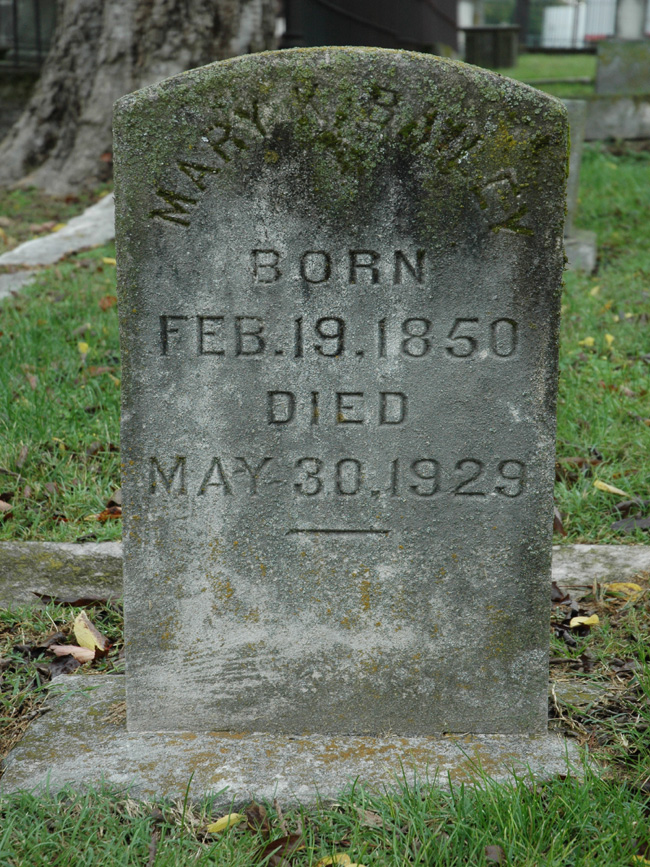


Hughes, landscape architect for the University. “We are preserving the site below ground to protect it in its cultural context,” said Mary V. Of floorboards and the foundation, are being left in the ground at the site.

The artifacts from the house, including remnants “It’s a creative way of interpreting the site without unearthing the artifacts,” said University Architect David J. An on-site, pole-mounted light will cast shadows after dark. The house site will be marked by a “shadow catcher,” a device the size and shape of the footprint of Foster’s house, which will mark the building's outline in shadow lines, the thickness of which will change with the seasons and the position of the sun. It is assumed some of the graves belong to Foster’s descendants, but there are no headstones and no way to determine if Foster herself is buried there. Twelve of the graves were discovered in 1993 during excavations for the expansion of the B-1 parking lot, and then 20 more were found in 2005 while archaeologists were examining the site for a Foster memorial to be incorporated in the South LawnĮxtension. The footprint of the house will be marked by shadow lines and the 32-grave cemetery next to it will be outlined in local stones.įoster, a seamstress who also did laundry for the University’s faculty and all-male student population in the early to mid-19th century, bought the property in 1833 and her descendants lived there until 1906.
Foster city cemetery mary schinderle free#
10, 2006 - The homestead of Catherine “Kitty” Foster, a free black woman who lived near the University from 1833 to 1863 on Venable Lane, will be preserved as a one-acre park near U.Va.’s South Lawn project.


 0 kommentar(er)
0 kommentar(er)
